There is a technology that has made life easier for users and businesses. It is known as cloud computing.
Nowadays it is impossible to understand the digital transformation of businesses and organisations without cloud computing.
It is estimated that by the end of 2018, 50% of businesses around the world will have adopted at least one cloud service. This data reflects that businesses bet on cloud computing to reduce their investment in servers and infrastructures to store data.
SecureAccess a product of ODS is a cloud-based access management and authentication service, It’s the starting point for effective zero trust security and its implementation
meets zero trust principles.
First, let’s see what cloud computing is and what types of service we can find in the market.
What is cloud computing?
The “cloud” is just a server where you store the data, applications and software that you can access from any device, as long as you have an Internet connection.
In addition to accessibility, the advantage of using cloud services lies in the fact that you don’t need to use the same equipment to work with the applications or data that you already have in the cloud.
Before the use of the cloud was extended, the resources to store files, software and applications were limited by the potential of the equipment. Now with the cloud resources it is unlimited.
What types of services exist in the cloud?
In cloud computing we find three types of services:
- Software as a Service (SaaS): like Dropbox or Google Drive. Saas is the most used type, as many online services that users use daily are based on it. The applications that we access are hosted on servers so that maintenance, support and availability are managed by the service provider.
- Platform as a Service (PaaS): like Google App Engine or Heroku. It’s more suitable for developers who need space to host their applications and execute them from the cloud. The provider of this type of cloud offers the infrastructure for the creation and distribution of their applications.
- Infrastructure as a Service (IaaS): like Amazon Web Service (AWS) and vCloud. In this type of cloud service, users subscribe to and access the software over the Internet or through the provider’s APIs. The management of the infrastructure is the responsibility of the users and not of the service provider. Users obtain a greater control and management of the infrastructure.
How should cyber security be in a cloud service?
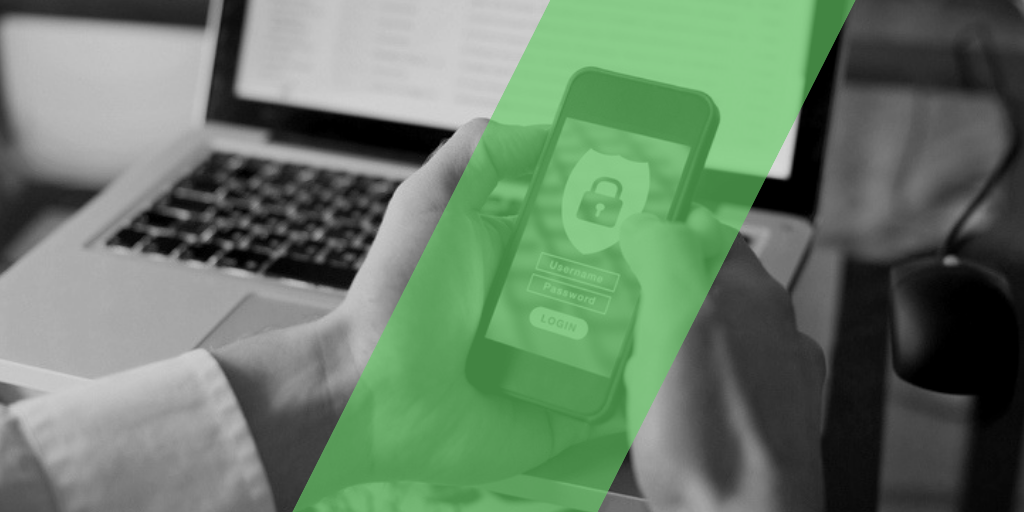
Cloud services must comply with cyber security standards that guarantee the integrity of the data of the users and companies that contract the services.
To begin with, cloud computing must offer secure navigation. The access to the web or application must be endowed with an SLL (Secure Sockets Layer) certificate where the identity of the owners of the site is indicated. You can verify it by clicking on the padlock located in the bar where the URL is typed. If the padlock is green and closed, then you are navigating in a safe place.
Another important aspect is the verification of who the person is trying to access the cloud service.
For this, it is recommended that the cloud has multi-factorial authentication, which means that after user and password credentials, there must be a second or more credentials that discriminates and verifies access.
At this point, it’s worth remembering that security also resides in the user. So, securing access with a strong password will prevent brute force attacks from succeeding. We recommend you use this password generator tool to create strong passwords and save them on a passwords manager like the ones we also recommend in this link.
Firewalls and secure user groups are also keys to working securely with a cloud service. Secure user groups can be created and thus discriminate access to resources according to the level of privileges.
Data encryption is also important to prevent data reading by third parties. Some services in the cloud integrate it. However, there are applications such as Boxcryptor that maintain the privacy of the files with endpoint encryption such as Dropbox, Google Drive or OneDrive, among others.
Finally, it is highly recommended to read the privacy policies of the cloud services that you subscribe to. Many are offered for free, but they access the data that users send to the cloud for selling it to third parties, or simply for getting some kind of benefit of it.
- The keys to get the ISO 27001 certification - November 14, 2019
- Managed Security Service – MSSP - October 23, 2019
- DDoS Attacks – An In-Depth Guide - September 12, 2019

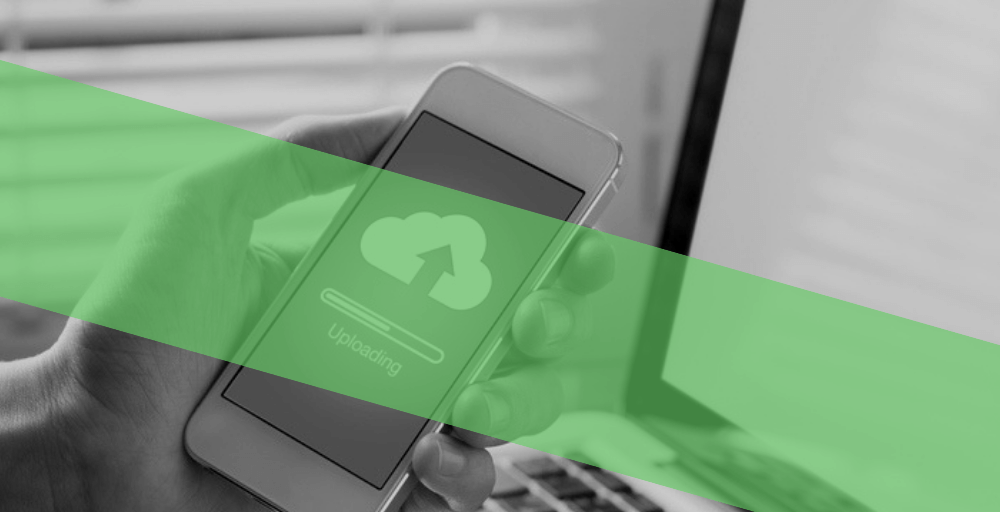

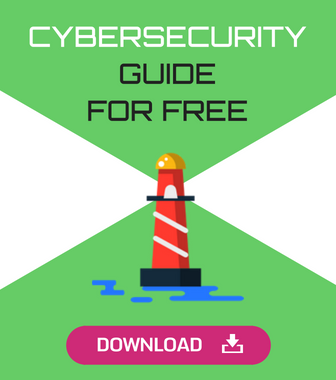
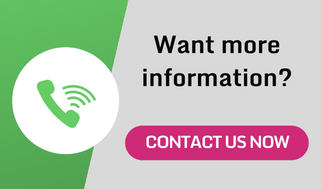

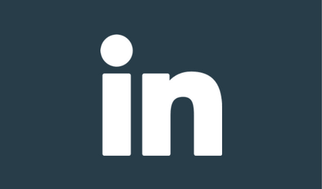
Comments are closed.